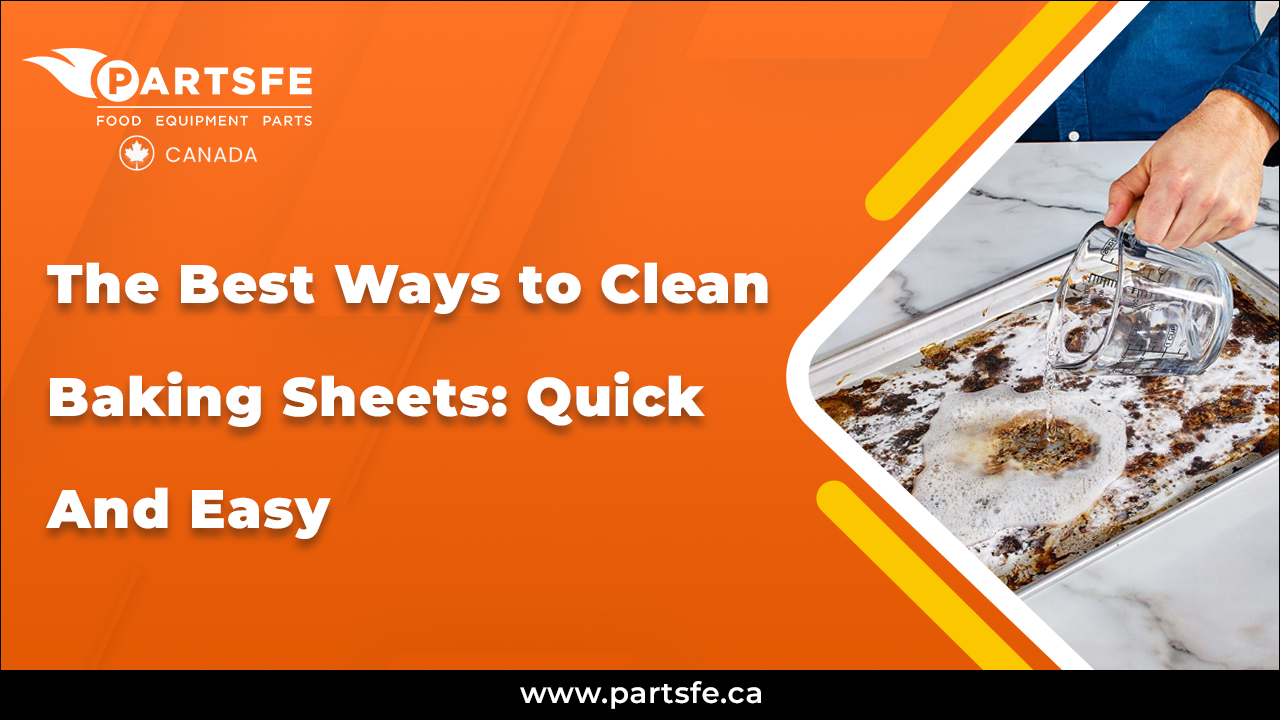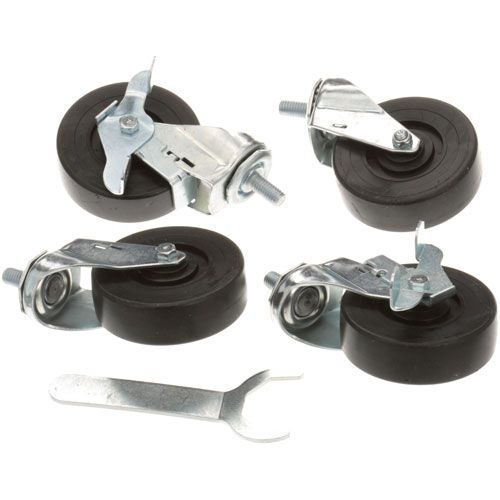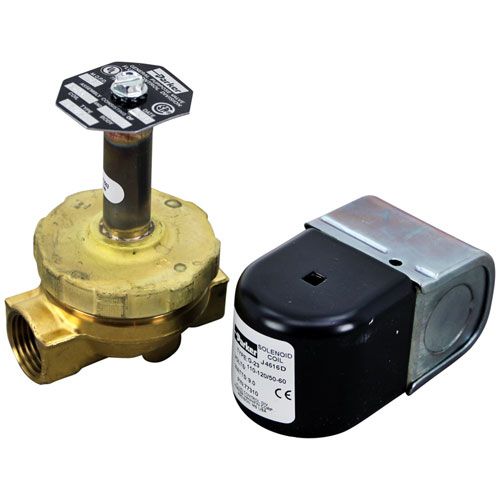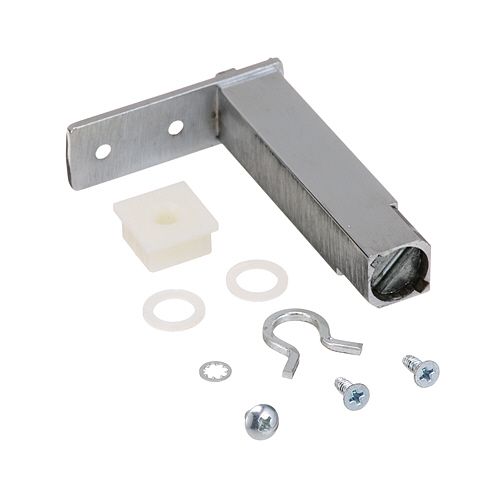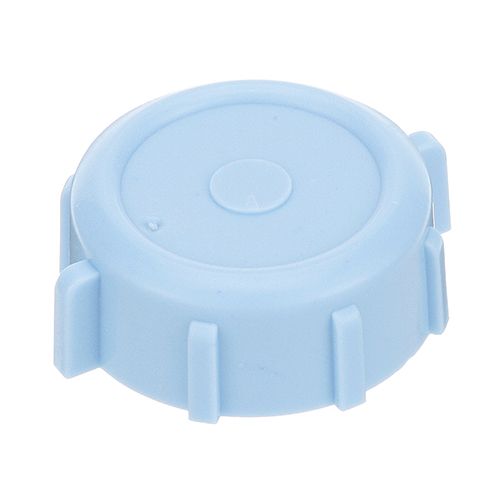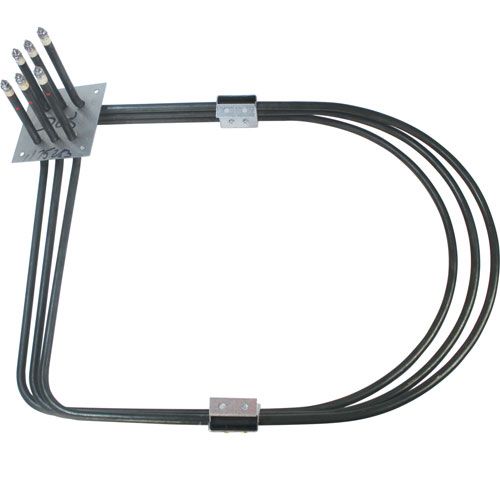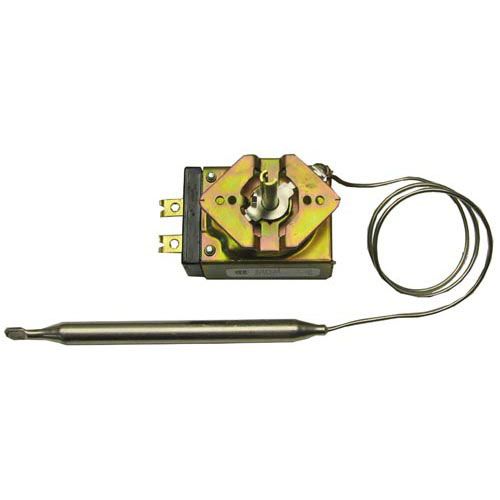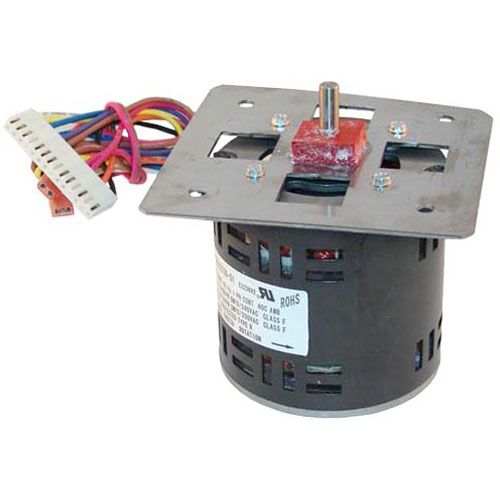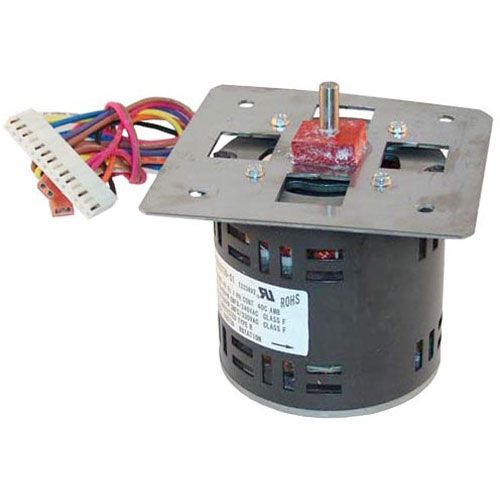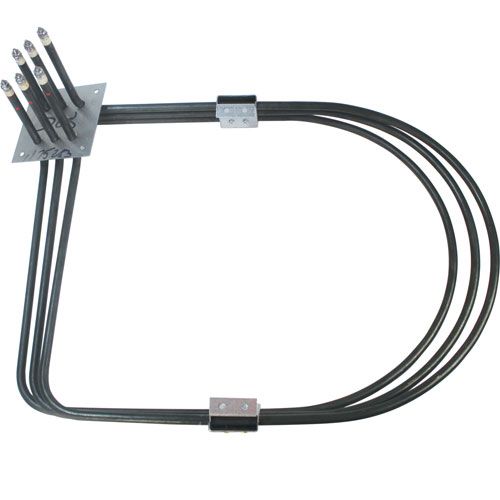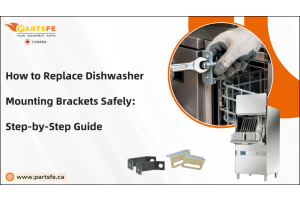The Best Ways to Clean Baking Sheets: Quick and Easy
Baking sheets are one of the hardest-working items in the kitchen. Whether you’re baking cookies, roasting vegetables, or preparing savory dishes, they take a lot of heat, grease, and food residue. Unfortunately, over time, these trusty baking companions can start looking pretty grimy and stained. While a dirty baking sheet might seem like it’s beyond saving, the good news is that cleaning baking sheets doesn’t have to be difficult. In fact, with the right tools and techniques, you can easily restore your baking sheets to their original glory.
In this comprehensive guide, we’ll cover everything you need to know about how to clean baking sheets. From basic cleaning methods to tackling tough grease, rust, and stubborn stains, we’ve got you covered. By the end, you’ll have all the knowledge you need to keep your baking sheets spotless and in great condition for years to come.
Understanding the various types of baking sheets
It is crucial for achieving the best results in your baking endeavors. Each type offers unique advantages and may require specific cleaning methods for optimal maintenance.
Aluminized Steel Baking Sheets
Aluminized steel baking sheets are popular among bakers because of their durability and superior heat conduction. These sheets are constructed of steel and coated with an aluminum-silicon alloy, which enables even heat distribution and resistance to rust. Their strong construction makes them less susceptible to warping than other materials.
Aluminum Baking Sheets
Lightweight and excellent in heat conductivity, aluminum baking sheets ensure uniform baking of your treats. They are resistant to rust and corrosion, thus ensuring longevity. Additionally, aluminum sheets are budget-friendly, making them an ideal choice for home bakers.
Non-Stick Baking Sheets
Nonstick baking sheets contain a special coating that prevents food from clinging to the surface, making them excellent for delicate foods like cookies and pastries. These sheets, often made of aluminum or steel and have a non-stick surface, make it easier to release baked items and clean them.
|
Cleaning Method |
Aluminized Steel |
Aluminum |
Non-Stick |
|
Baking Soda and Hydrogen Peroxide |
✓ |
✘ |
✘ |
|
Baking Soda and Vinegar |
✓ |
✓ |
✓ |
|
Ammonia |
✓ |
✘ |
✘ |
|
Aluminum Foil |
✓ |
✘ |
✘ |
|
Washing Soda and Cream of Tartar |
✓ |
✓ |
✓ |
|
Water and Baking Soda |
✓ |
✓ |
✓ |
Baking sheet cleaning preparations
Before you get to cleaning, it's crucial to prepare your baking sheet and workspace. Proper preparation ensures that cleaning is easier and more effective, and it can help you avoid damaging your baking sheets in the process.
Step 1: Cool Down
After using your baking sheet, always allow it to cool completely before cleaning. Cleaning a hot baking sheet can cause warping, burn you, or make the cleaning process less effective. Give it some time to cool down naturally.
Step 2: Soak First
If your baking sheet is particularly dirty or has stubborn food residue stuck to it, soaking it in warm, soapy water is a great first step. Soaking loosens any built-up grease or food, making it much easier to scrub away.
Soak your baking sheet for at least 15-30 minutes in warm water with a bit of dish soap. This step is especially useful for cookie sheets and baking pans with grease buildup.
Step 3: Gather Your Supplies
To properly clean your baking sheets, you’ll need a few basic supplies:
-
Dish soap (preferably mild)
-
Baking soda (for tough stains)
-
Steel wool or a non-abrasive scrub brush (depending on the material)
-
A microfiber cloth or soft sponge
-
Rubber gloves (optional, but can protect your hands from hot water)
Once your supplies are ready, you’re prepared to start the cleaning process!
Commercial cleaning solutions for baking sheets
When it comes to cleaning baking sheets successfully, selecting the right commercial cleaning chemicals is critical. There are various choices on the market designed to combat difficult grease, stains, and residue accumulation. Heavy-duty degreasers, oven cleaners, and baking sheet cleaners are among the most common options. To ensure safe and efficient cleaning, choose non-toxic, eco-friendly products that are appropriate for the material of your baking sheet, whether it is aluminum or stainless steel. Look for labels that indicate food-safe components and the lack of harsh chemicals. Following the manufacturer's directions is essential for the best results.
Typically, the cleanser is applied directly to the baking sheet, let to sit for a set amount of time, and then scrubbed with a non-abrasive brush or sponge. Rinse well with water afterward. When utilizing professional cleaners, always take care to ensure safety. Wear gloves and protective eyewear to avoid skin and eye irritation, and provide adequate ventilation by opening windows or utilizing exhaust fans, especially when using strong cleansers. Remember to thoroughly scrub all sides of the baking sheet, including any racks, to remove any remaining residue.
How to clean baking sheet pans?
Keeping your baking sheet pans clean is essential for maintaining their quality and achieving the best baking outcomes. Here are six practical ways to clean baking sheet pans without plagiarizing:
-
Baking soda and hydrogen peroxide: For aluminized steel pans, mix a paste of baking soda and hydrogen peroxide. Spread it evenly over the pan and set aside for a few hours. Then, remove the mixture with a damp paper towel and clean any difficult areas.
-
Baking soda and vinegar: To make a paste, combine equal parts baking soda and vinegar. Spread it out on the pan and let it sit for 30-60 minutes.
-
Then, scrub with a non-abrasive sponge or cloth after soaking the pan in hot water.
-
Ammonia soak: Due to its caustic nature, this procedure is not recommended for metal or nonstick pans. Place your cookware in a sturdy plastic bag with 1/2 cup of ammonia. Seal the bag and allow it to sit in the sun for one day. Then, scrub the pans with steel wool and thoroughly clean them.
-
Aluminum foil scrub: Soak your pans in water for a while, then dry them. Roll little balls of aluminum foil to remove burned areas and food residue. Finally, wash the pans with soap and water.
-
Washing soda and cream of tartar: Combine the washing soda and cream on a baking sheet, then add boiling water to form a paste. Allow it to sit for 15 minutes before cleaning with a nonabrasive pad. Rinse well with soap and water.
-
Baking soda paste: Make a paste of baking soda and warm water. Place it on the baking sheet and let it sit for 30 minutes. Before washing and drying the sheet, carefully massage any stains away with a nylon scrubber.
How to remove baked-on grease from pans?
Removing baked-on grease from pans can be a difficult chore, but with the appropriate approach, it is completely feasible. Here's how to effectively clean several types of pans:
Aluminized steel cookie sheets
-
Place the baking sheet on the stove, then add water and dish soap.
-
Bring the water to a mild boil, then let it simmer for five minutes.
-
Turn off the heat and let the liquid cool.
-
Use a stainless steel scrubbing pad to remove the baked-on grease.
-
Best Cleaning Tool: Use a steel wool pad, scouring pad, or the rough side of a sponge. Just be cautious, as steel wool can leave microscopic scratches on the surface.
Aluminum cookie sheets
-
Apply a liberal amount of cream of tartar on the baking sheet.
-
Place the sheet on the water-filled stove burner.
-
Bring the water to a boil, then let it simmer for five minutes.
-
Rinse out any leftover particles and let the sheet dry.
-
Best Cleanup Tool: Steel wool or a scouring pad can be used, much like on aluminized steel pans. However, use a milder scrubber and test it on a tiny section of the sheet to ensure it does not damage the surface.
Non-stick cookie sheets
-
Sprinkle baking soda onto the baking sheet.
-
To induce a fizzing reaction, combine vinegar with baking soda.
-
Allow the sheet to sit for 30 minutes.
-
Scrub away any remaining grease and rinse thoroughly.
-
Best cleaning tool: Avoid using harsh scrubbers, which might ruin the nonstick finish. Instead, use nylon scrubbers or soak the sheet in damp paper towels for an hour to remove small buildup.
How to remove rust from cookie sheets?
Reviving old, rusty baking sheets can be surprisingly simple with a few household items. Instead of giving up on them, try these methods to effectively remove rust and bring your cookie sheets back to life.
|
Method |
Potato and baking soda or dish soap |
Baking soda bath |
|
Ingredients needed |
Potato, baking soda, or dish soap |
Baking soda |
|
Preparation |
Cut a potato in half and apply baking soda or dish soap to the potato |
Rinse the sheet, lightly sprinkle baking soda |
|
Cleaning process |
Rub the potato into rusty parts and reapply baking soda as needed |
Allow pan to sit for 30 minutes, then scrub with a sponge |
|
Rust removal |
Potato's oxalic acid helps break down rust |
Baking soda helps lift rust off sheet |
|
Rinse and dry |
Rinse pan completely and dry quickly |
Rinse thoroughly and dry immediately |
Keeping baking sheets clean is vital for any home baker's culinary arsenal. Whether dealing with tenacious oil or baked-on debris, using simple but efficient cleaning procedures will help restore the gloss and functionality of your baking sheets. Using household products such as baking soda, vinegar, and dish soap, as well as gentle cleaning techniques, you can keep your baking sheets in great shape for all of your culinary creations.
Implementing these simple cleaning techniques for baking sheets can extend their life, avoid flavor transfer between dishes, and improve baking results. Regular maintenance and good cleaning procedures not only protect the appearance of your baking sheets but also contribute to a sanitary cooking environment. ParstFe.Ca is your one-stop shop for inexpensive industrial baking sheets We also provide a large choice of reasonably priced replacement components for commercial cooking appliances. Our range of high-quality ovens, grills, fryers, and other components is sourced from trustworthy manufacturers.
FAQs
Is it safe to put baking sheets in the dishwasher for cleaning?
It is generally safe to put aluminum or stainless steel baking sheets in the dishwasher, but it may cause discoloration over time.
How often should I clean my baking sheets to maintain their condition?
It's recommended to clean baking sheets after each use to prevent grease buildup and ensure optimal baking results.
Is it necessary to season or re-season baking sheets after cleaning them?
For aluminum baking sheets, it's beneficial to season them after cleaning to maintain their non-stick properties and prevent corrosion.
How to clean cookie sheets with baking soda?
To clean cookie sheets with baking soda, sprinkle a generous amount of baking soda over the sheet and add a small amount of water to form a paste. Let it sit for 10-15 minutes, then scrub with a sponge or soft brush to remove grease and stains.

